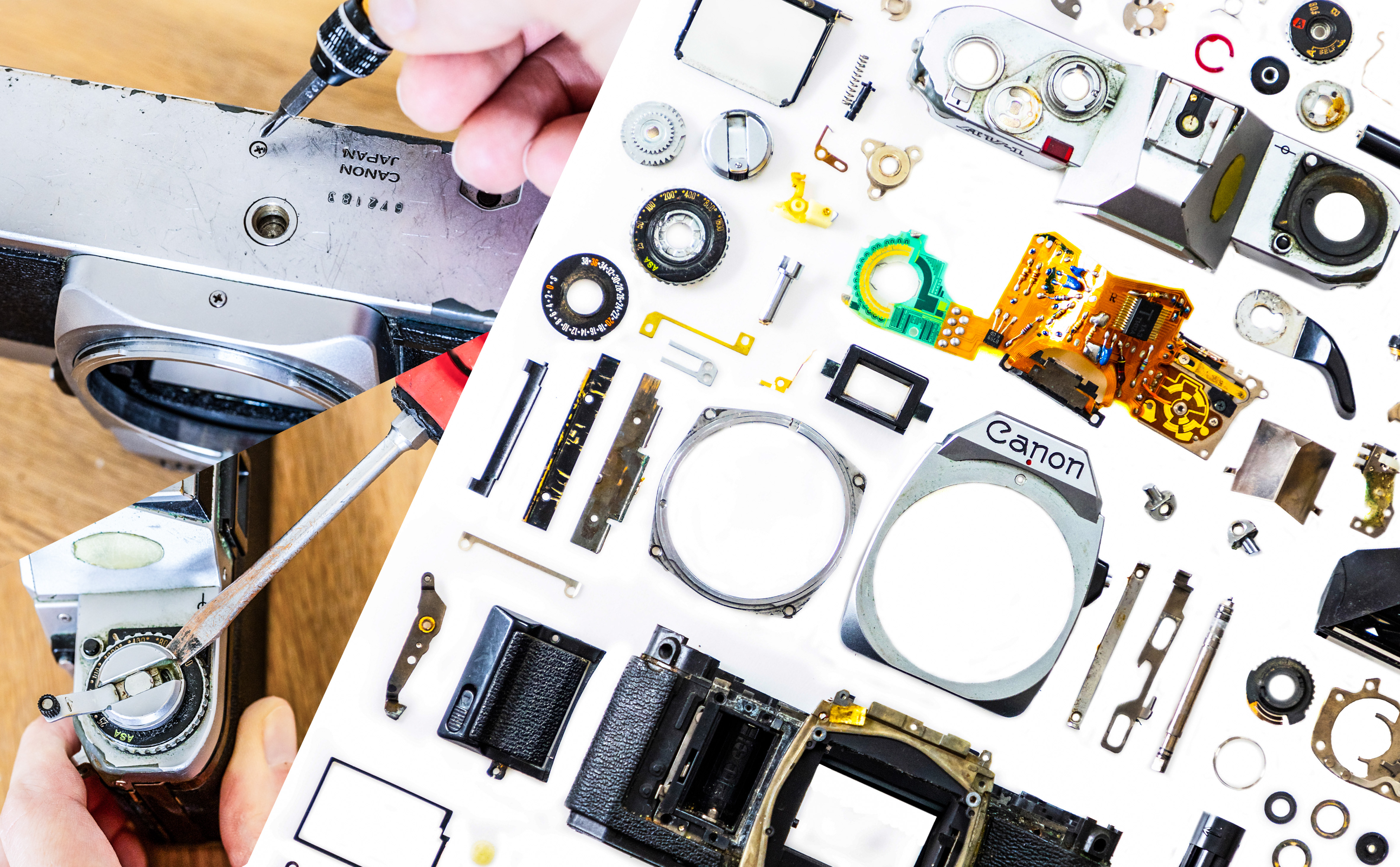Fujifilm X-T5 vs X-H2
Both the Fujifilm X-T5 and X-H2 have a world-first 40MP sensor but very different designs. So which is the best?
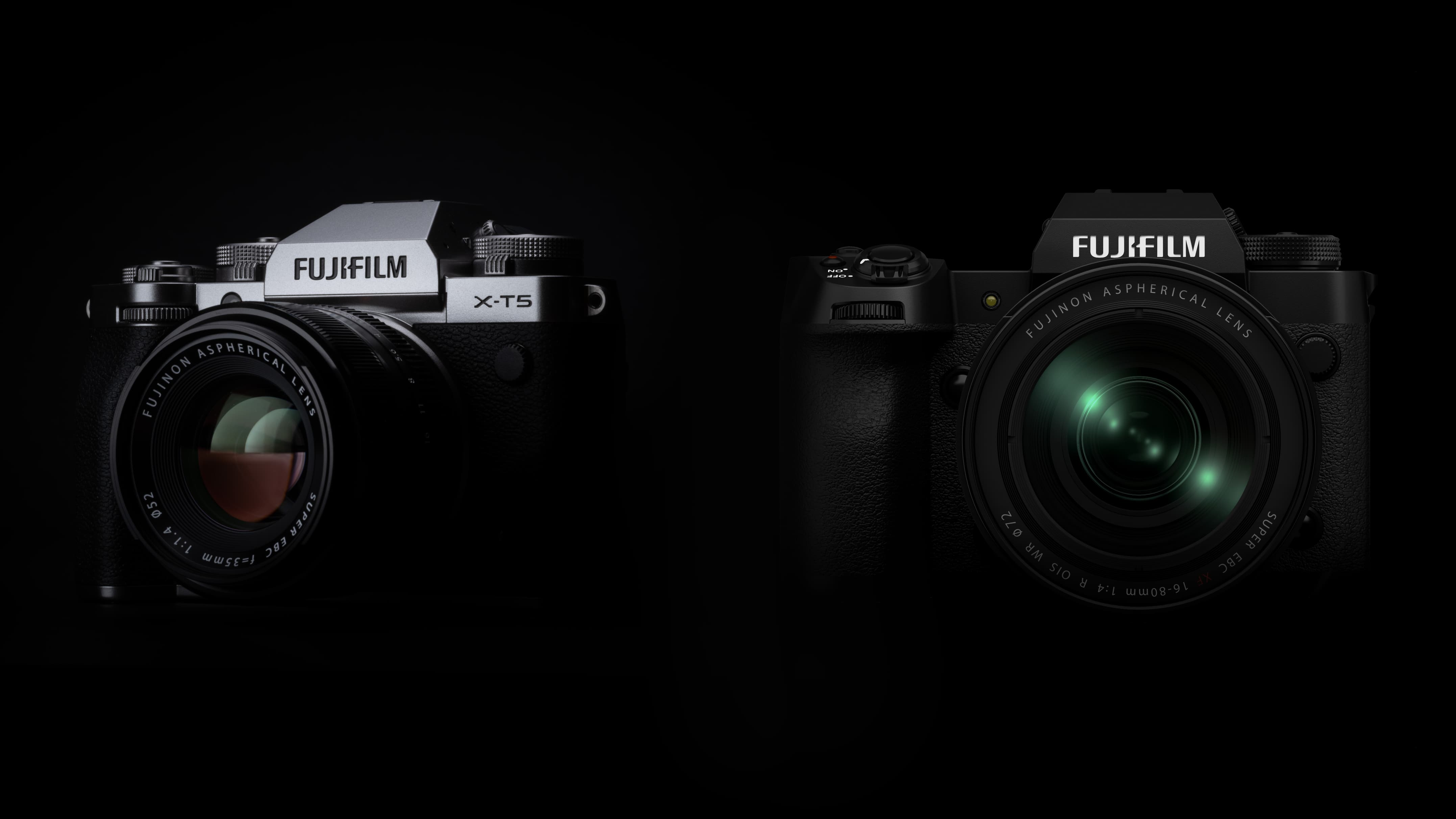
The Fujifilm X-T5 and X-H2 might sound technically very similar, but they actually represent quite different camera designs and approaches. Which you choose will depend as much on your style of photography and your own handling preferences as on the technology itself.
At the time of writing, the Fujifilm X-H2 is around $300/£200 more expensive than the X-T5, but it would be wrong to assume that the more expensive camera is the better one. Indeed, for stills photographers, the Fujifilm X-T5 isn’t just cheaper, it is arguably better, thanks to its unique design.
The X-T5 has traditional external exposure controls and a strong, hands-on retro feel. It’s a control layout revived with great success by Fujifilm. The X-H2’s design is much more mainstream and offers a simpler learning curve for those moving over from another brand or who want to shoot video, stills, sports, fashion and a wide range of other photography genres.
Both cameras qualify as amongst the best Fujifilm cameras right now, and the X-H2 is a candidate to join the best professional cameras – though if you're looking for the best camera for sports photography, the Fujifilm X-H2S would be better. Out of the two, though, we'd perhaps pick the X-T5 as the best enthusiast cameras.
So let’s have a closer look at these two cameras, their designs and their specifications to see how they differ and just what they have in common.
Fujifilm X-T5 vs X-H2
Why you can trust Digital Camera World
1. Controls
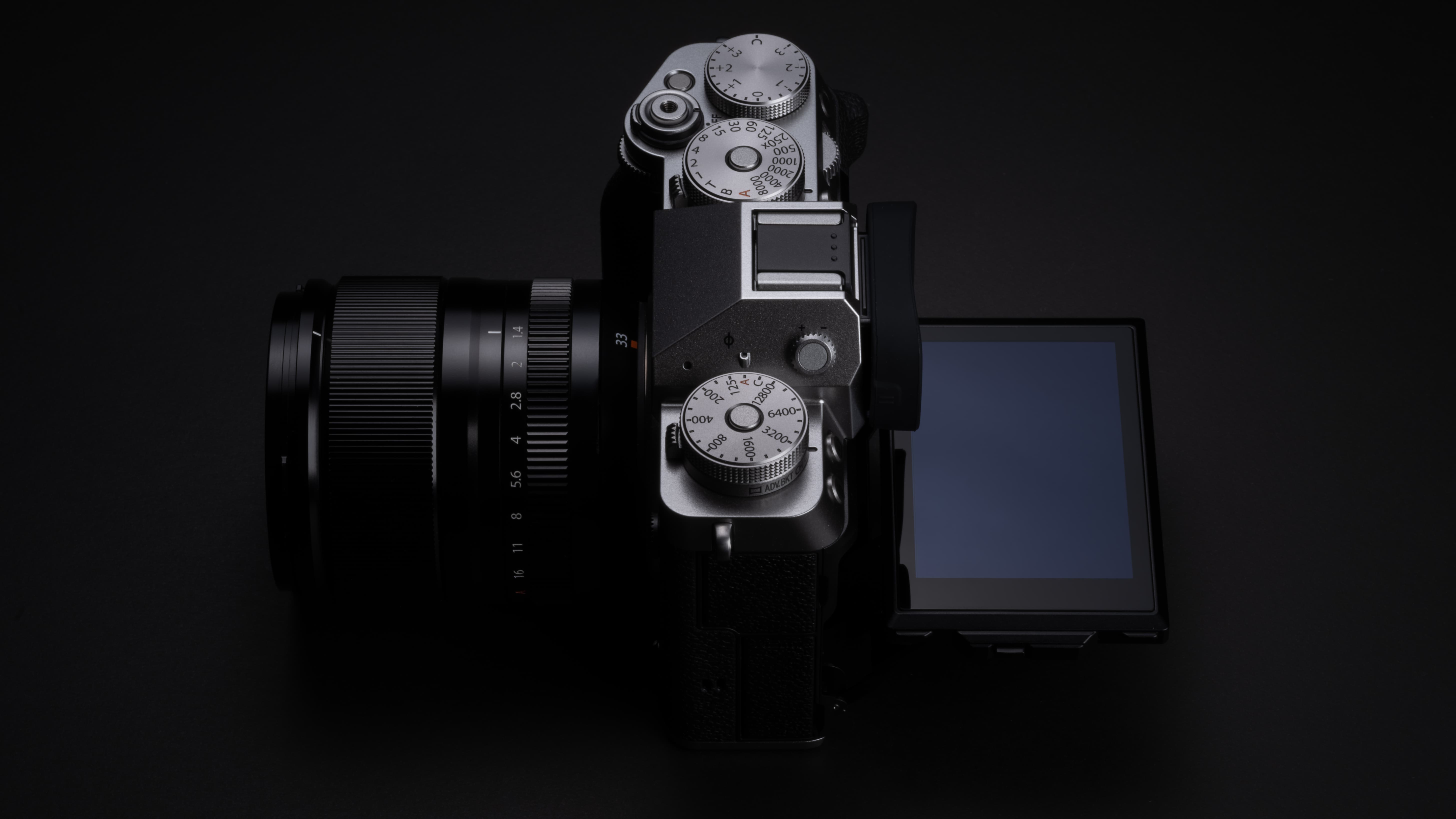
• Fujifilm X-T5: Shutter speed, ISO, EV comp dials
• Fujifilm X-H2: Regular mode dial
Physically, these two cameras are very different indeed. The X-T5 has three exposure dials on its top plate and no mode dial. One dial is for setting the ISO, one for setting and the shutter speed and the third is for EV compensation. The shutter speed dial works with the manual aperture rings on many Fujifilm lenses to offer program AE (both dials set to A), shutter priority (the aperture dial set to A), aperture priority (the shutter speed dial set to A) and full manual control, without the need for a mode dial and with settings clearly visible even when the camera is off. The X-T5 will control lens aperture electronically with lenses that don’t have aperture rings.
By contrast, the X-H2 has a completely conventional layout, with a mode dial on the top and button/dial control of other exposure functions – though you can still use lenses with aperture rings for easy aperture-priority exposure control.
For old-school film photographers, the external dials on the X-T5 will be a welcome return to classic exposure techniques and camera controls. For younger digital-only owners, the X-H2 will be much more like the camera designs they are used to. It’s likely to be easier to configure, use and handle with a wider range of subject types too, such as video, or sports/wildlife photography.
2. Displays
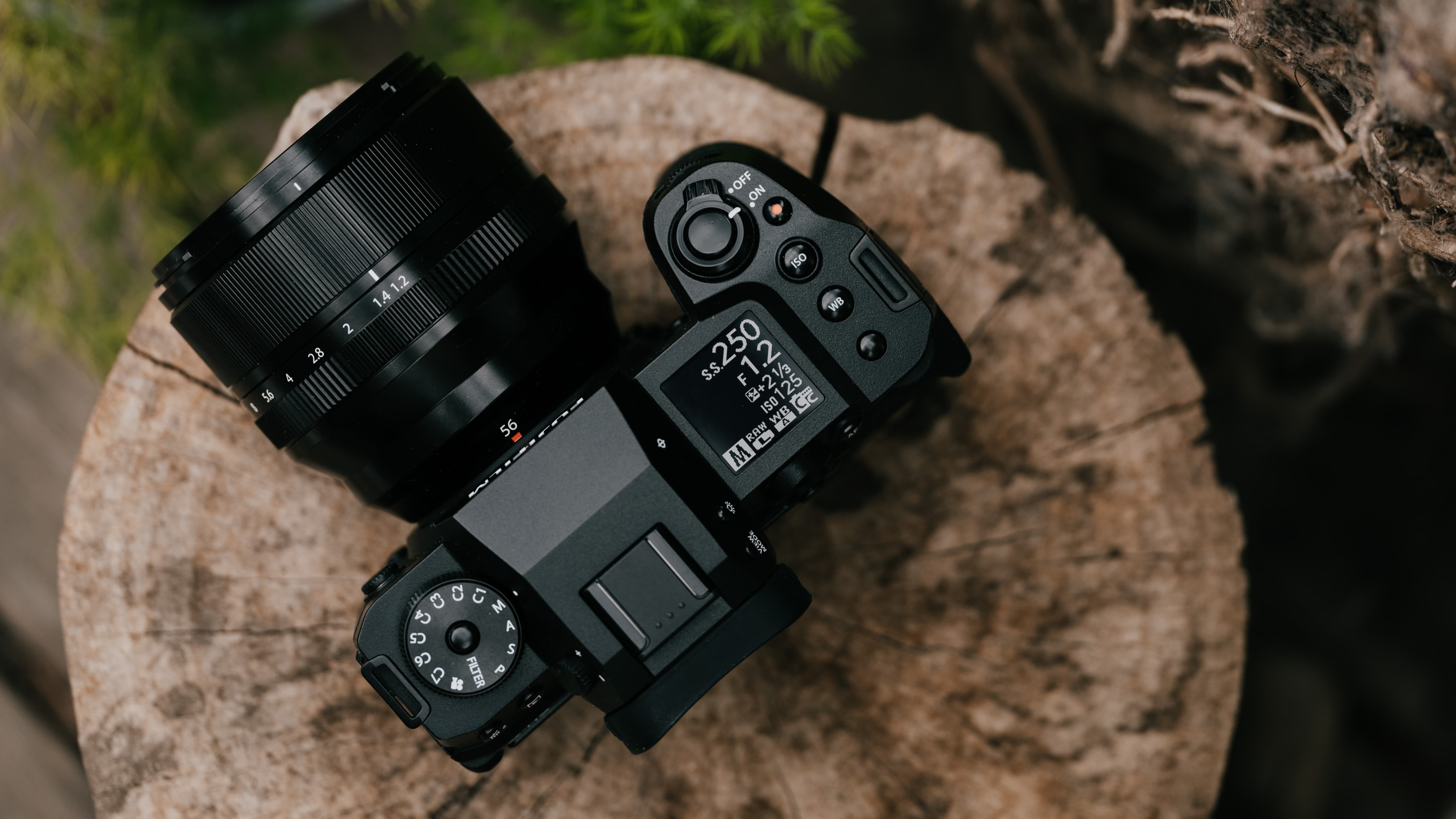
• Fujifilm X-T5: 3.69m-dot EVF, 3-inch 1.84m-dot 3-way tilt screen
• Fujifilm X-H2: 5.76m-dot EVF, 1.62m-dot vari-angle screen, top status panel
The most obvious external difference between these two cameras is that the X-H2 has a status display panel on the top plate, made possible by its simpler mode dial design. This is extremely useful and a feature usually preferred on professional cameras.
Both cameras have an electronic viewfinder, but while the magnification is the same, the one in the X-H2 has a significantly higher resolution.
But there is another big difference around the back. The X-T5’s predecessor, the Fujifilm X-T4, had a vari-angle display, but with the X-T5 Fujifilm has reverted to a simpler tilting screen, albeit one with a sideways tilt too for vertical shooting.
This makes sense for stills photography and as a way of differentiating the X-T5 from the X-H2. The X-T5’s screen also has a slightly higher resolution, but the vari-angle screen on the X-H2 is both more versatile and better suited to video.
3. Sensor
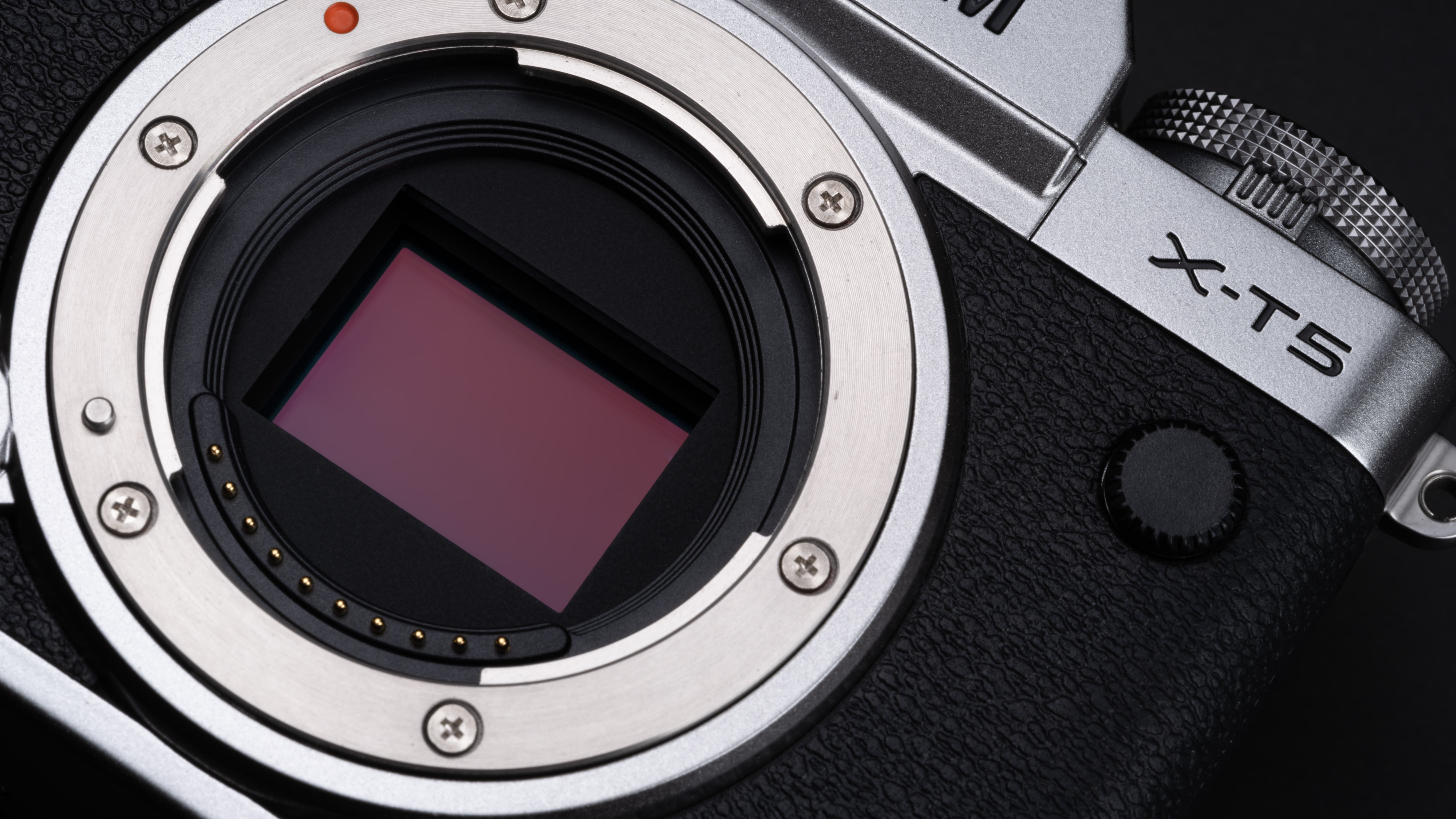
• Fujifilm X-T5: 40.2MP APS-C X-Trans CMOS 5 HR
• Fujifilm X-H2: 40.2MP APS-C X-Trans CMOS 5 HR
In terms of image quality, the X-T5 gives nothing away to the X-H2. They both use Fujifilm’s new 40.2MP APS-C X-Trans CMOS 5 HR (high resolution) sensor with a base ISO of 125 and a maximum of 12,800, expandable to ISO 64-51,200. You won’t see any differences in image quality. They even offer the same 160MP Pixel Shift Multi-Shot mode for ultra-high-res capture.
4. Autofocus
• Fujifilm X-T5: Hybrid contrast/phase-detect, -7EV, Animal/Bird/Automobile/Motorcycle&Bike/Airplane/Train recognition
• Fujifilm X-H2: Hybrid contrast/phase-detect, -7EV, Animal/Bird/Automobile/Motorcycle&Bike/Airplane/Train recognition
Similarly, there’s no difference in the autofocus systems used by these cameras, as they share the same hybrid contras/phase detect autofocus technologies and feature the same subject recognition capabilities. The X-H2 may have an advantage for high-speed sports photography, as we’ll see, but that’s to do with its continuous shooting capabilities, not its autofocus.
5. Continuous shooting
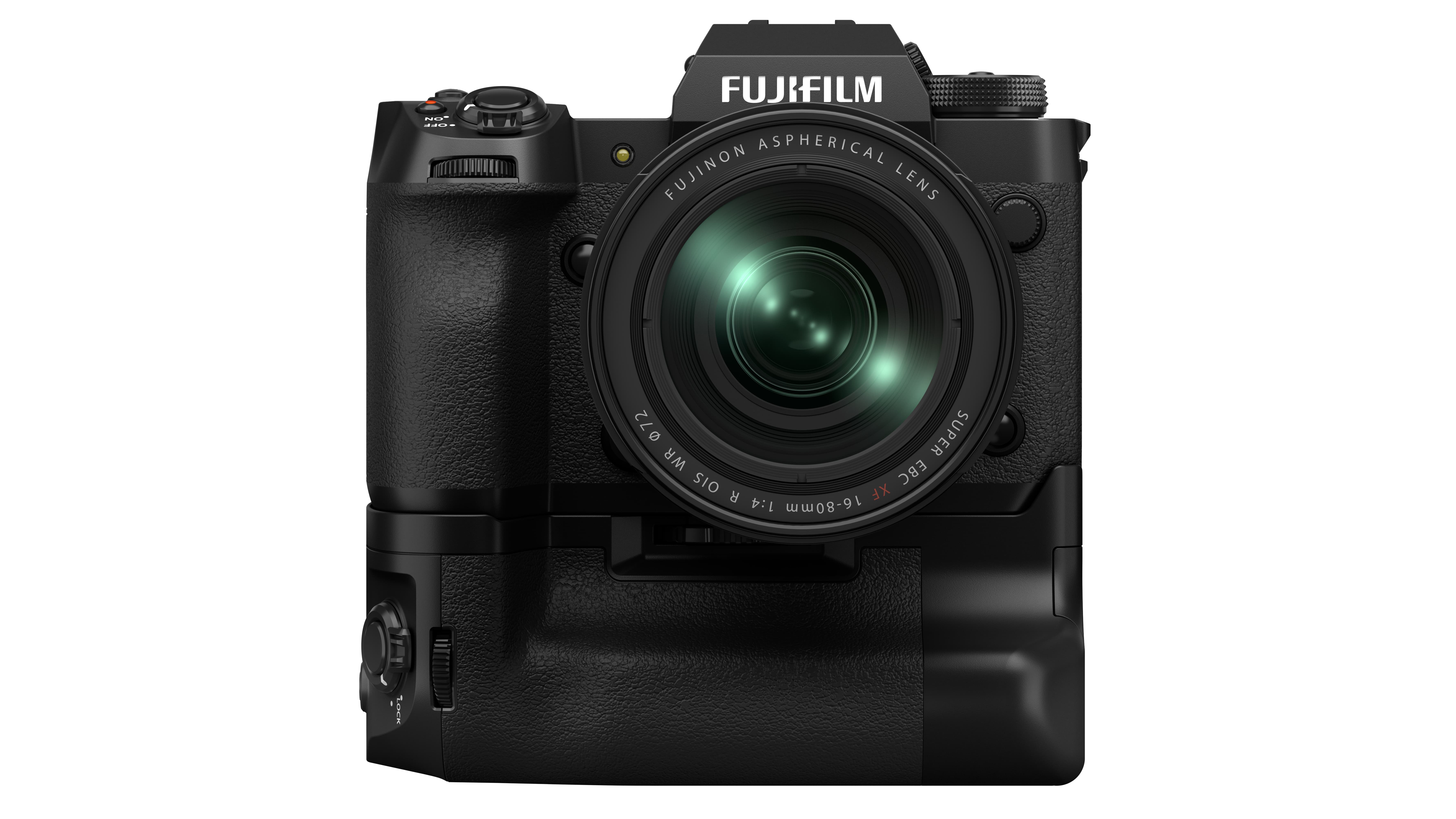
• Fujifilm X-T5: 15fps mechanical, 20fps electronic (1.29x crop), up to 39/72 compressed raw
• Fujifilm X-H2: 15fps mechanical, 20fps electronic (1.29x crop), 1,000+ compressed raw
On paper, both cameras share the same continuous shooting performance, at 15 frames per second using the mechanical shutter and 20fps with the electronic shutter, albeit with a 1.29x crop.
But there is a big difference in how long they can keep shooting. The X-T5 can keep going for a maximum of 39 compressed raw files with the mechanical shutter and 72 raw files with the electronic shutter, which is not bad for a non-sports camera but still somewhat limiting.
By contrast, Fujifilm claims a huge buffer capacity of over 1,000 compressed raw files with both the mechanical and electronic shutter burst modes. In burst shooting, the buffer capacity is probably at least as important as the frame rate, and in this respect, the X-H2 wipes the floor with the X-T5.
6. Video
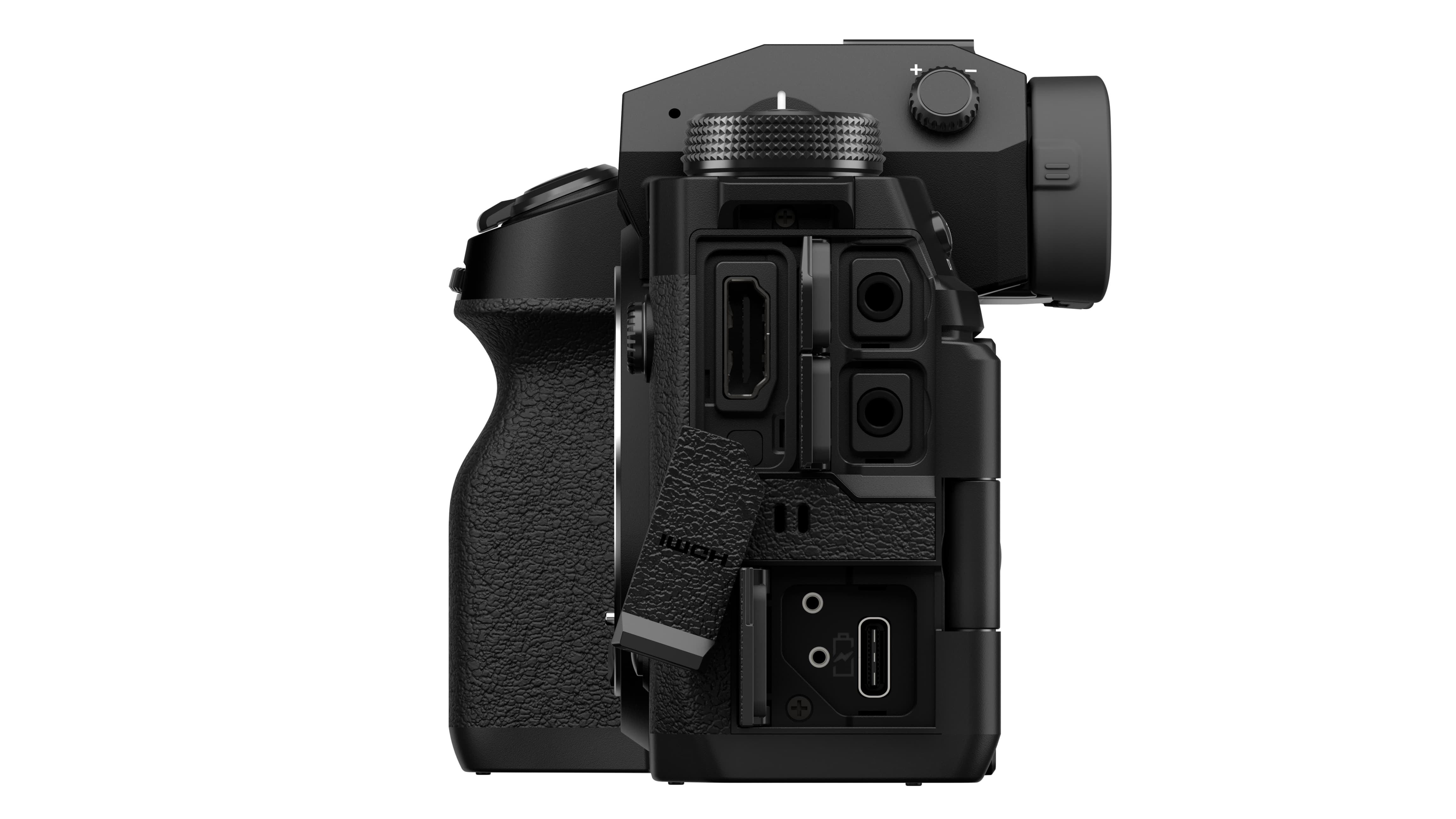
• Fujifilm X-T5: Up to 6.2K 30p, 4K 60p, FHD High Speed 240p
• Fujifilm X-H2: Up to 8K 30p, 6.2K 30p, 4K 60p, FHD High Speed 240p
There are differences with the video capabilities too. Both cameras can capture 6K footage at 30p, 4K at up to 60p and full HD at up to 240p. But the X-H2 goes a step further than the X-T5, offering 8K 30p recording.
The X-H2 doesn’t just win on potential resolution. Its vari-angle screen is better suited to filming, it has a full-size HDMI port where the X-T5’s is smaller, and it has a headphone socket for audio monitoring.
7. Storage
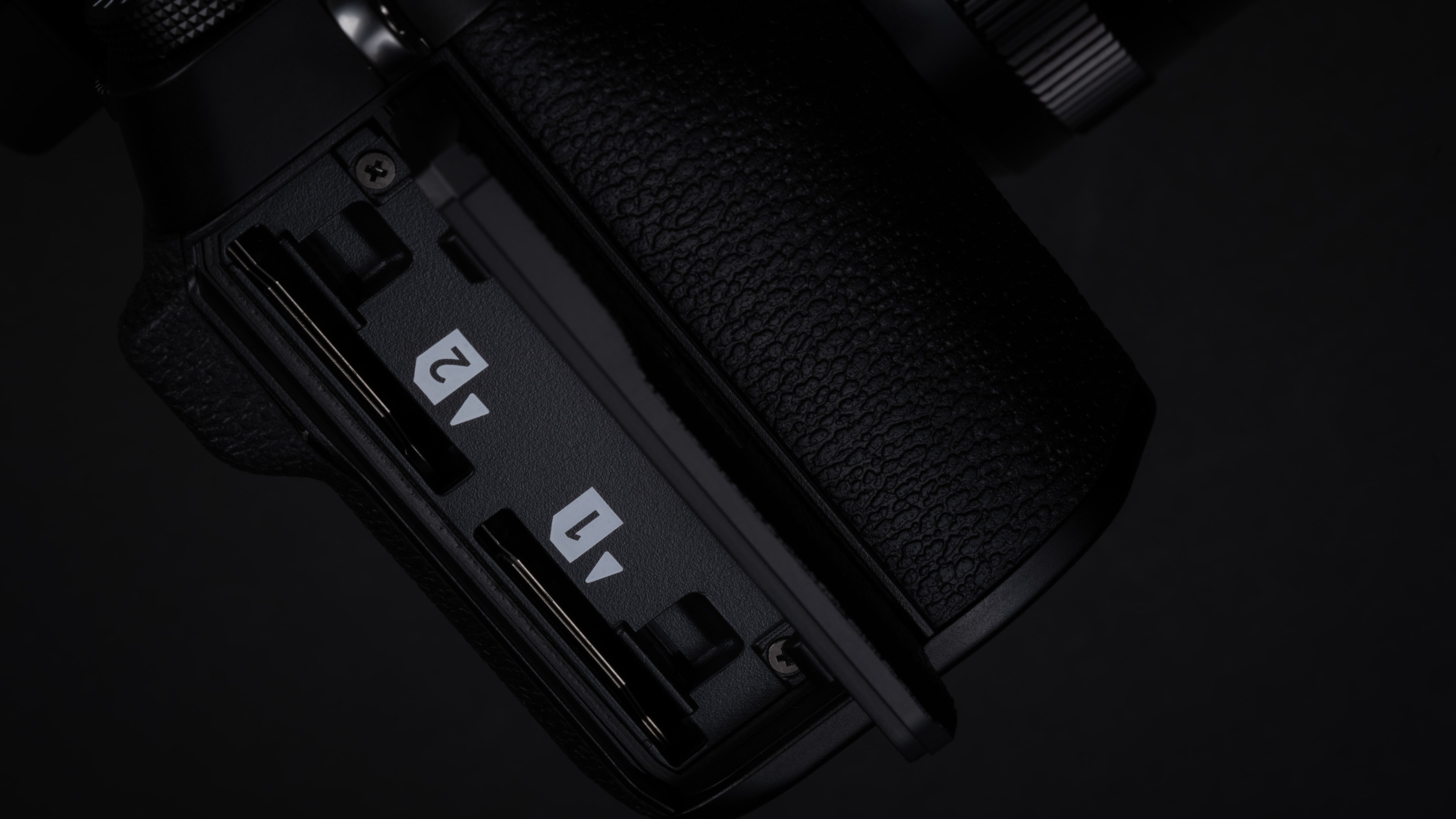
• Fujifilm X-T5: 2x SD UHS II
• Fujifilm X-H2: 1x CFexpress Type B, 1x SD UHS II
So where does the X-H2 get its extra speed and performance? Where the X-T5 has twin SD UHS II memory card slots, the X-H2 has one SD UHS II card slot and one CFexpress Type B slot. It means managing two memory card formats not one, but CFexpress Type B cards offer a huge performance hike over even the best SD UHS-II cards.
8. Size and weight
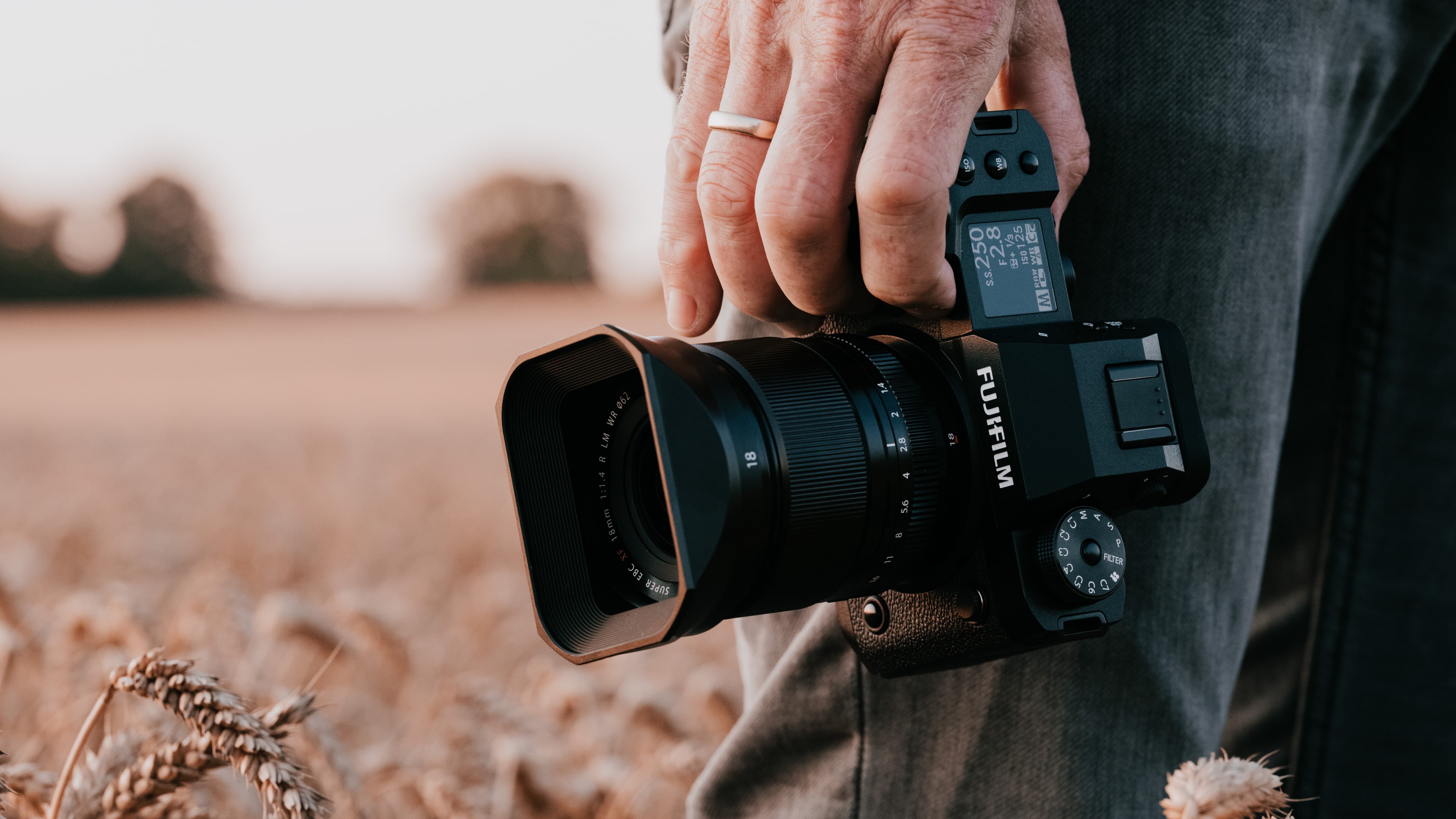
• Fujifilm X-T5: 129.5mm x 91mm x 63.8mm, 557g
• Fujifilm X-H2: 136.3mm x 92.9mm x 84.6mm, 660g
Not surprisingly, the X-H2 is a little larger than the X-T5, but not by much, and the biggest difference is in the depth of the body, thanks to the X-H2’s deeper grip.
Both cameras can feel a little small in the hand when fitted with larger telephoto lenses, but where the X-H2 can take an optional battery grip to make it easier to handle and extend the battery life, the X-T5 has to make do with a smaller accessory grip for improved handling but without additional battery capacity.
Fujifilm X-T5 vs X-H2: conclusions

Technically, the Fujifilm X-T5 and X-H2 have a surprising amount in common. They have the same sensor, the same resolution, the same burst shooting speeds, the same autofocus and even the same in-body stabilization.
But they are designed very differently. The X-T5 follows Fujifilm’s very popular retro dial design that’s perfectly suited to classic stills photography techniques, while the X-H2 has a more generic camera design based around electronic buttons and control dials. Neither is ‘best’ – it all depends on what you like and how you prefer to shoot.
The X-H2 does have some performance advantages, though, thanks to its CFexpress Type B card slot. It can shoot for longer – MUCH longer – in a burst, and it can capture 8K video. If you’re into video or sports or commercial photography generally, the X-H2 is the more adaptable camera.
Get the Digital Camera World Newsletter
The best camera deals, reviews, product advice, and unmissable photography news, direct to your inbox!

Rod is an independent photography journalist and editor, and a long-standing Digital Camera World contributor, having previously worked as DCW's Group Reviews editor. Before that he has been technique editor on N-Photo, Head of Testing for the photography division and Camera Channel editor on TechRadar, as well as contributing to many other publications. He has been writing about photography technique, photo editing and digital cameras since they first appeared, and before that began his career writing about film photography. He has used and reviewed practically every interchangeable lens camera launched in the past 20 years, from entry-level DSLRs to medium format cameras, together with lenses, tripods, gimbals, light meters, camera bags and more. Rod has his own camera gear blog at fotovolo.com but also writes about photo-editing applications and techniques at lifeafterphotoshop.com
